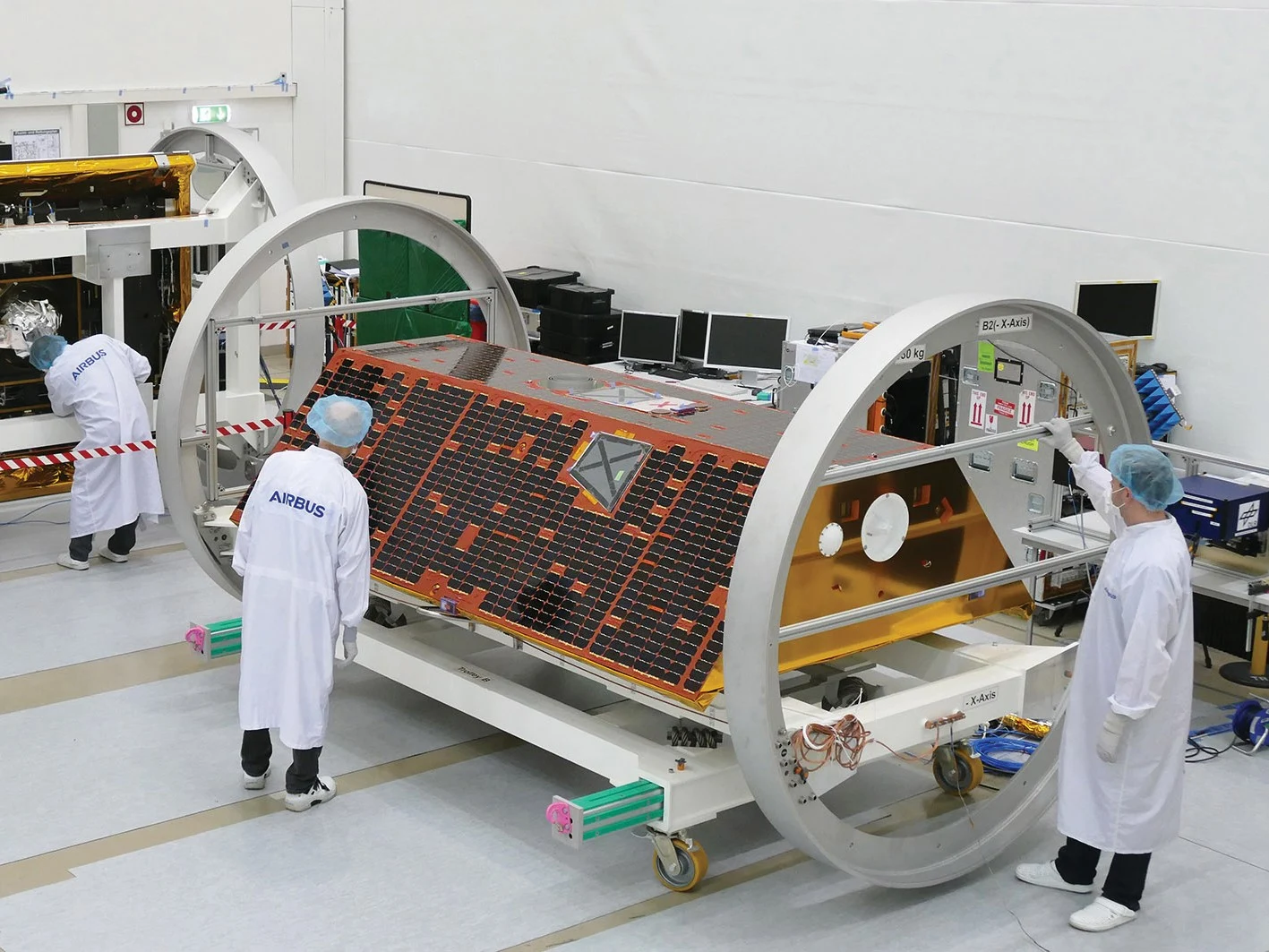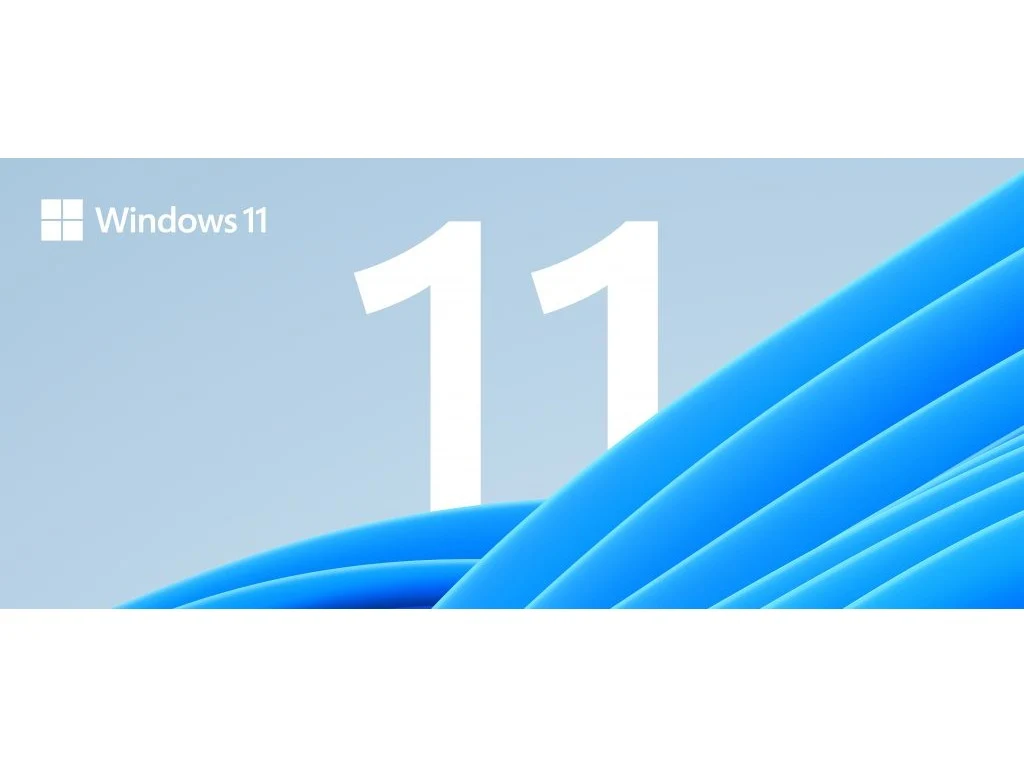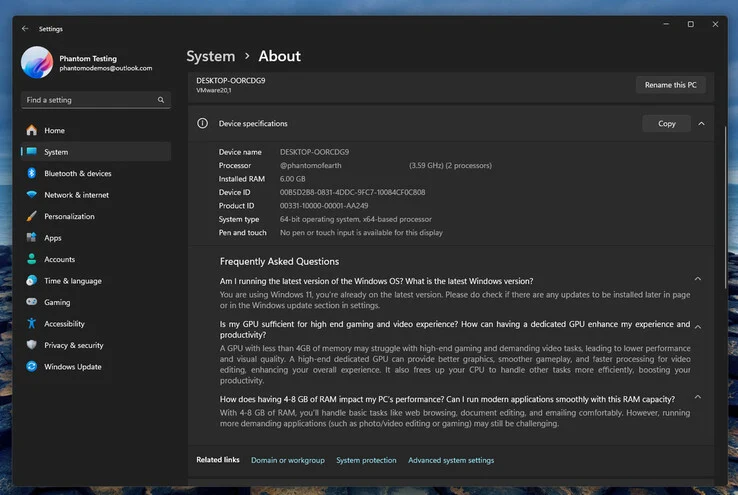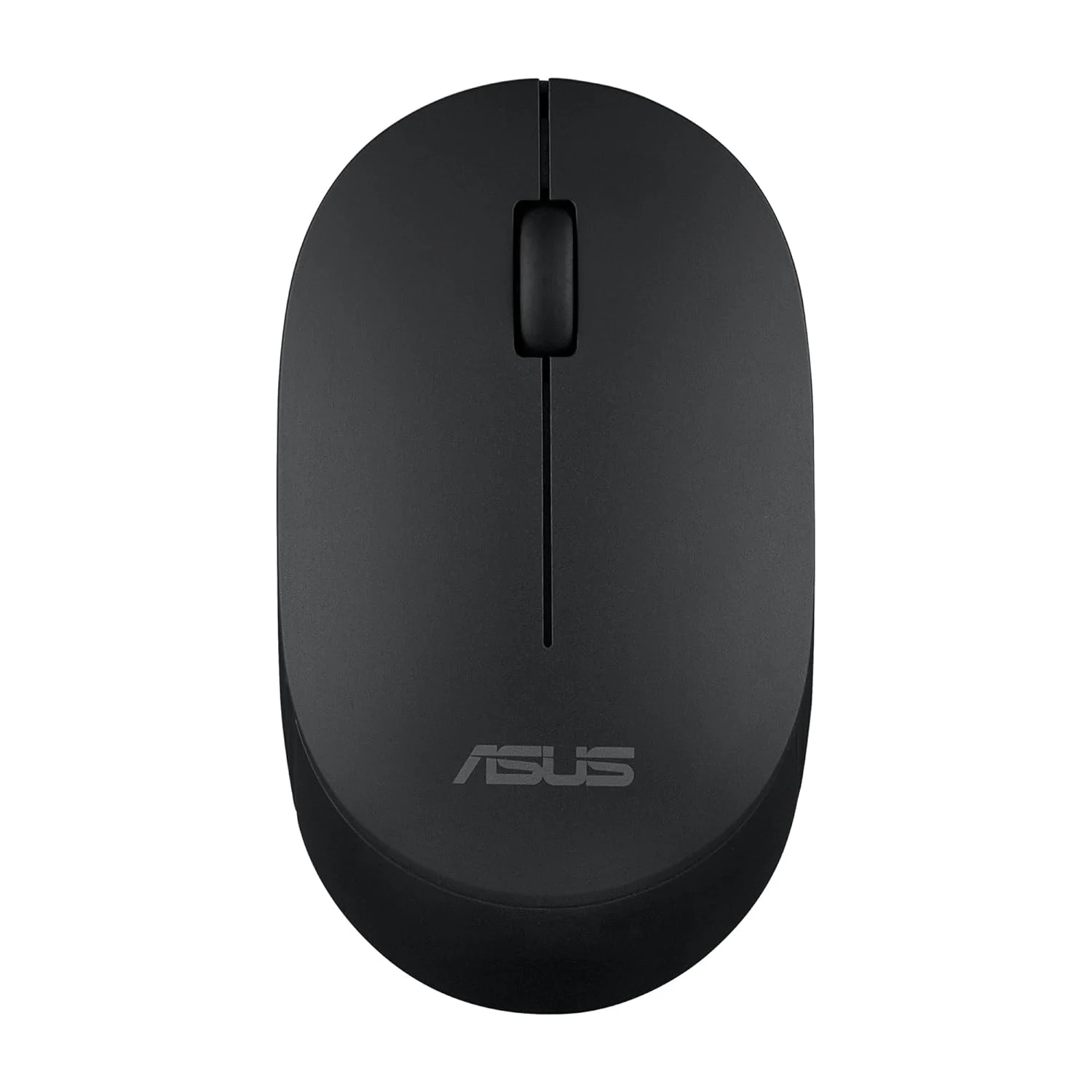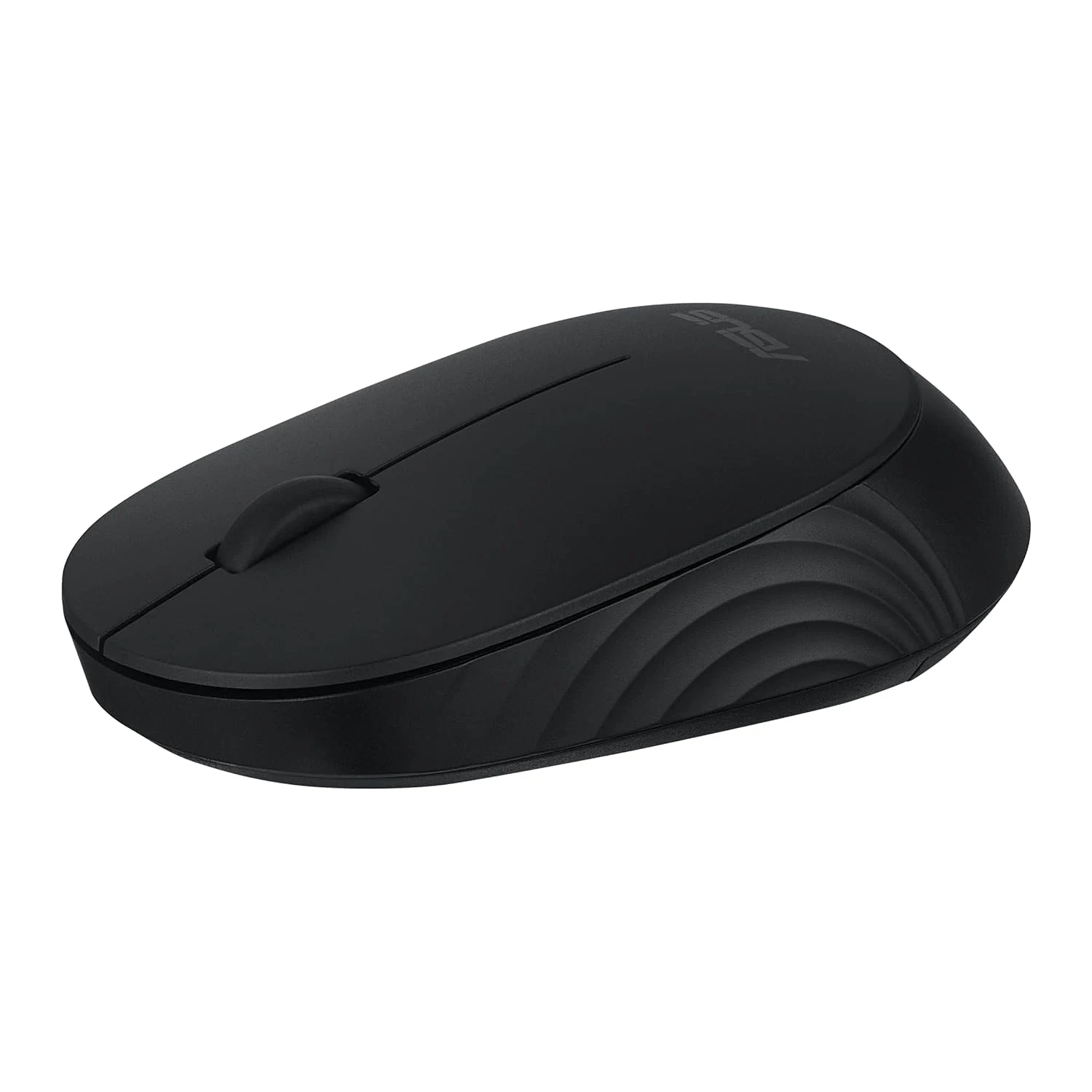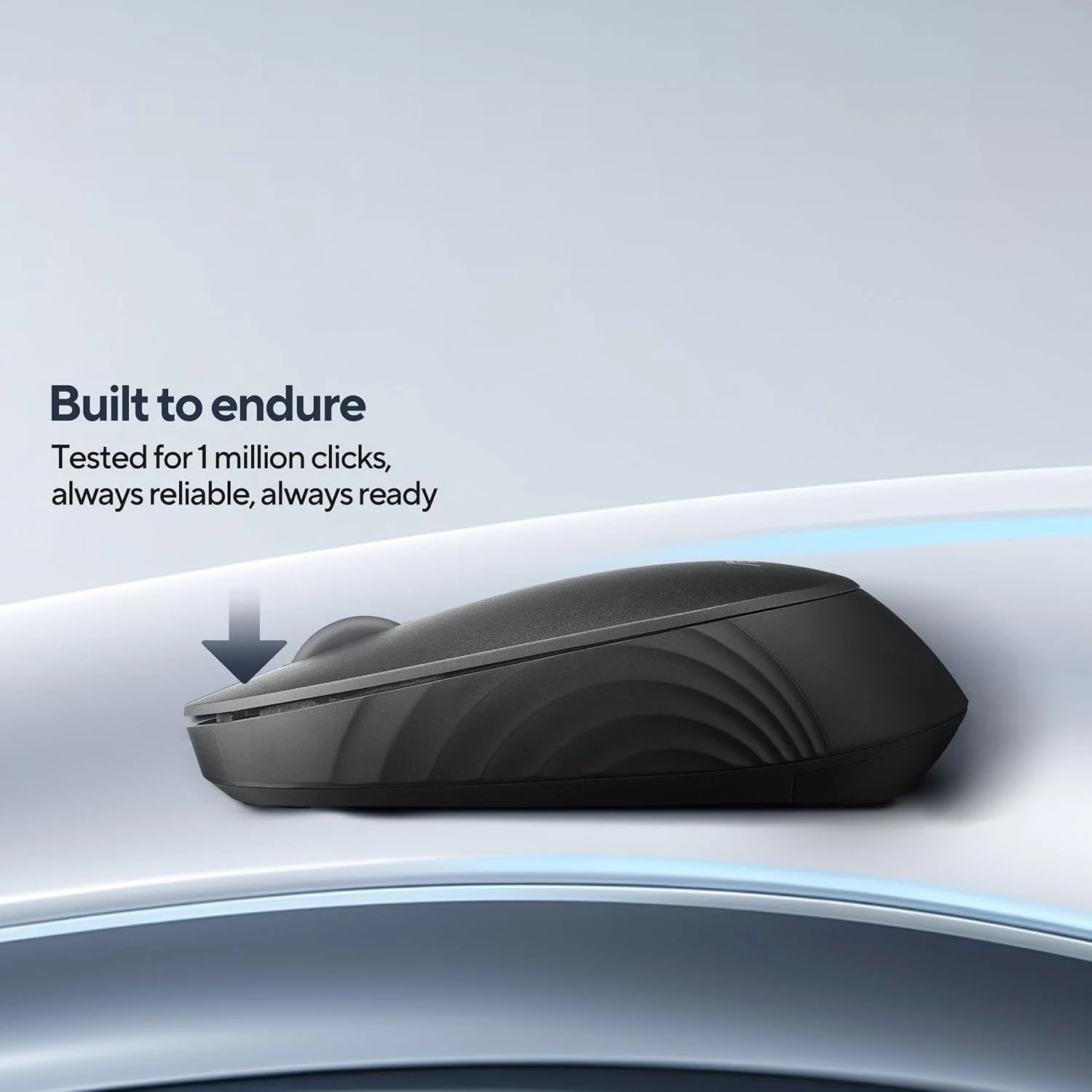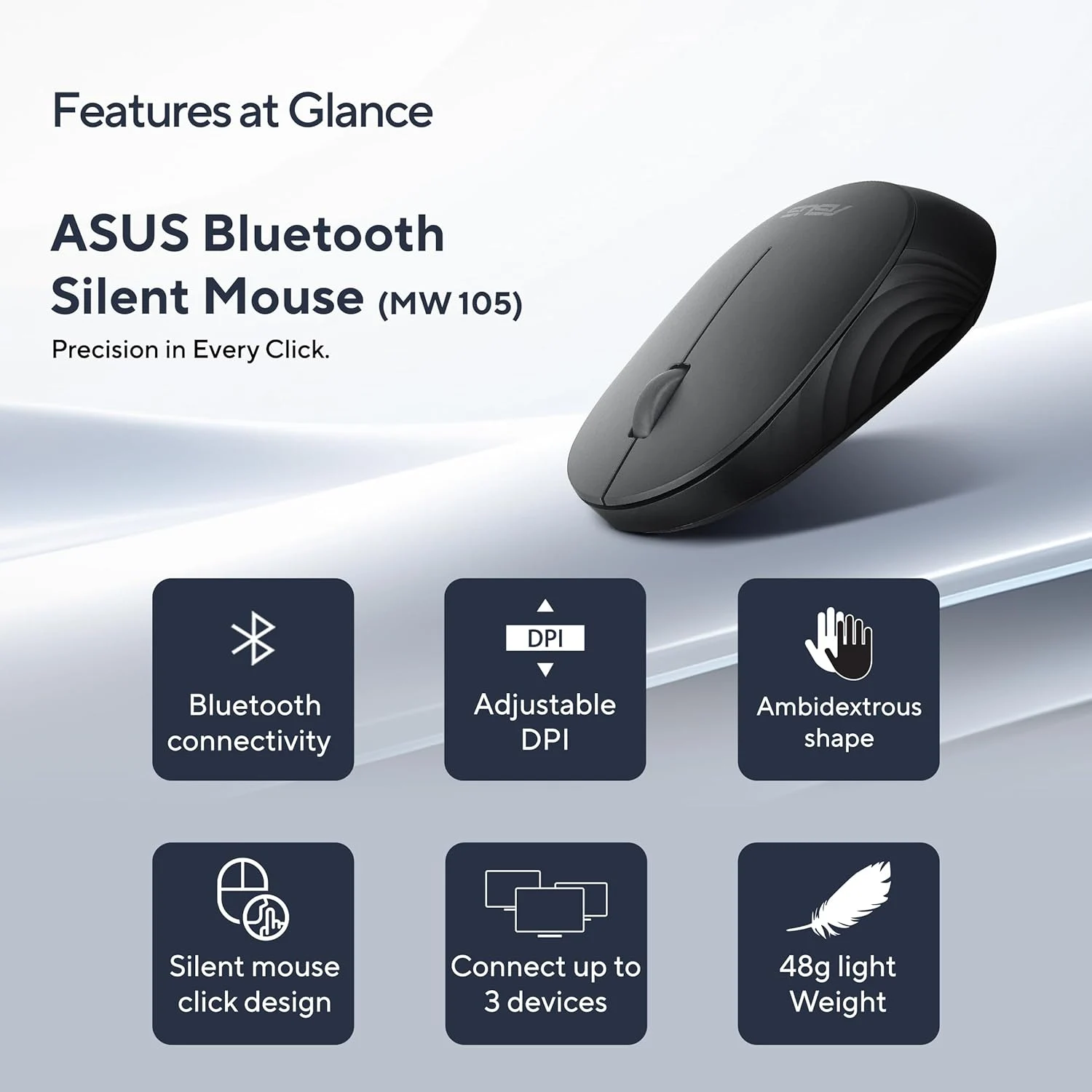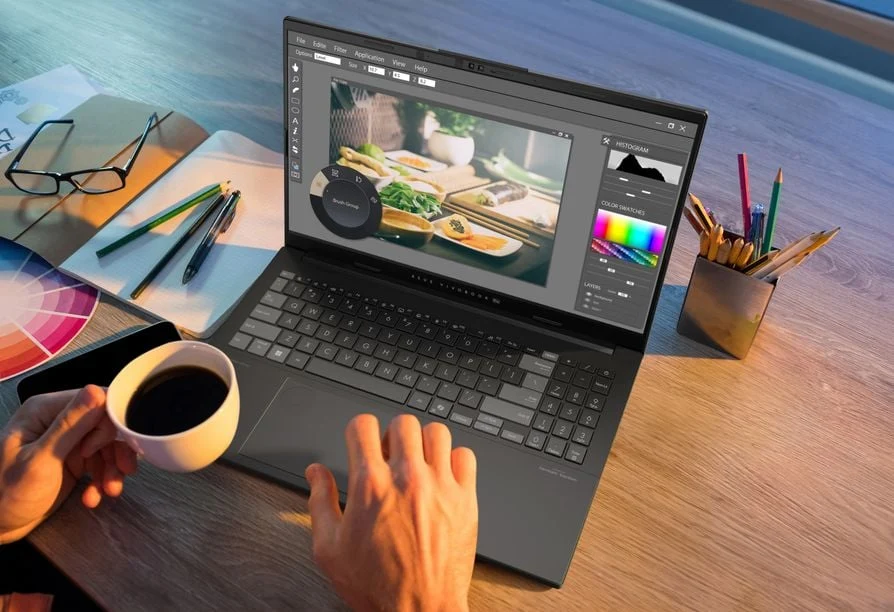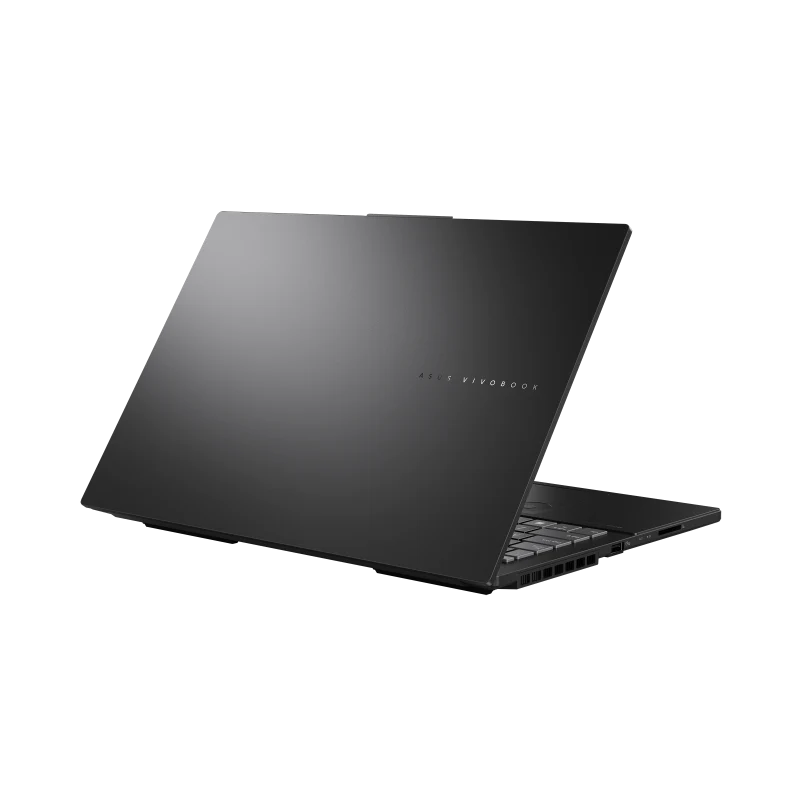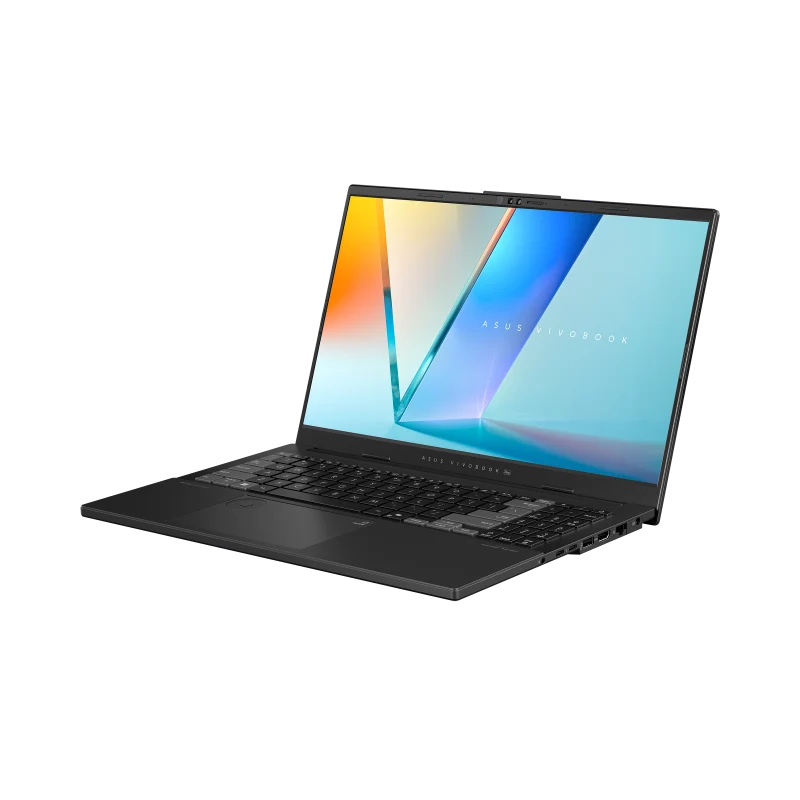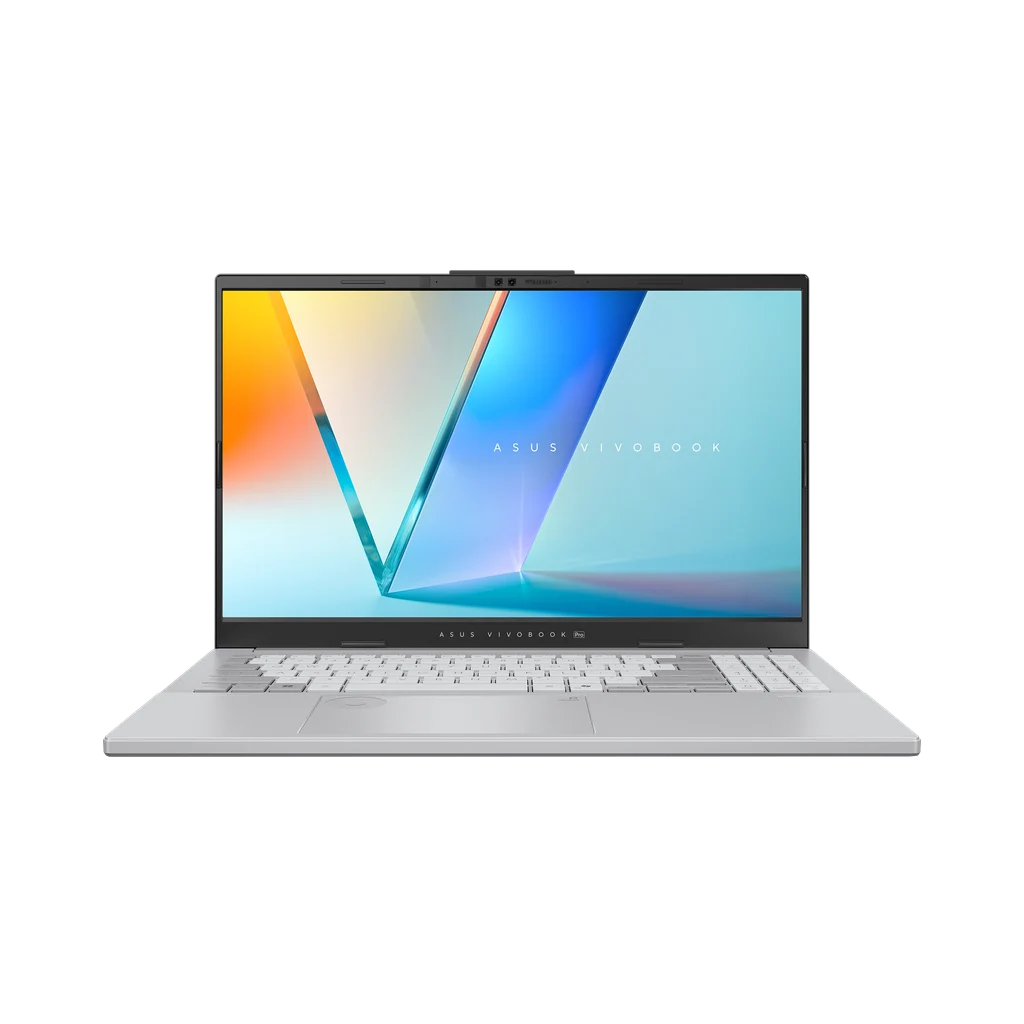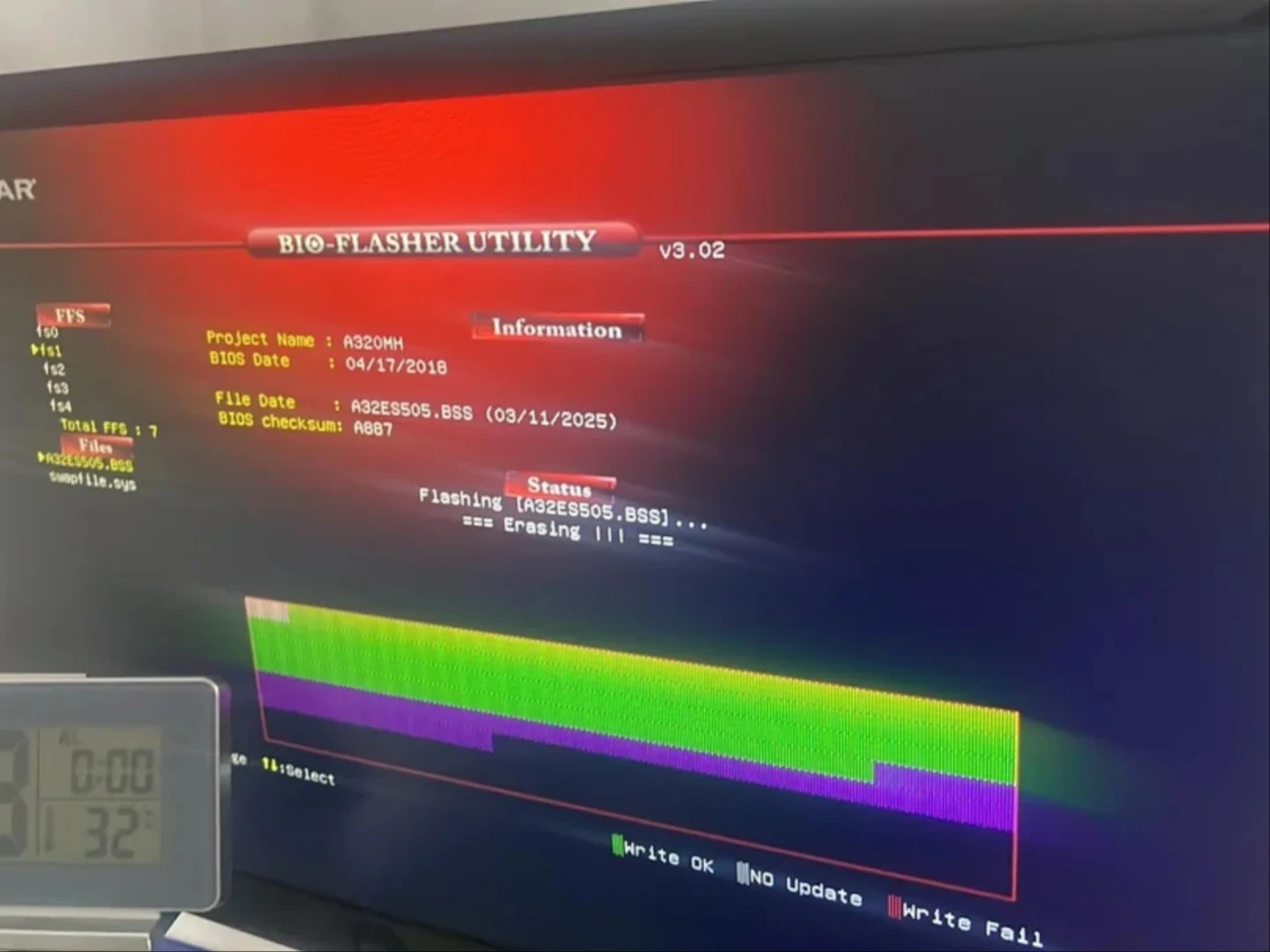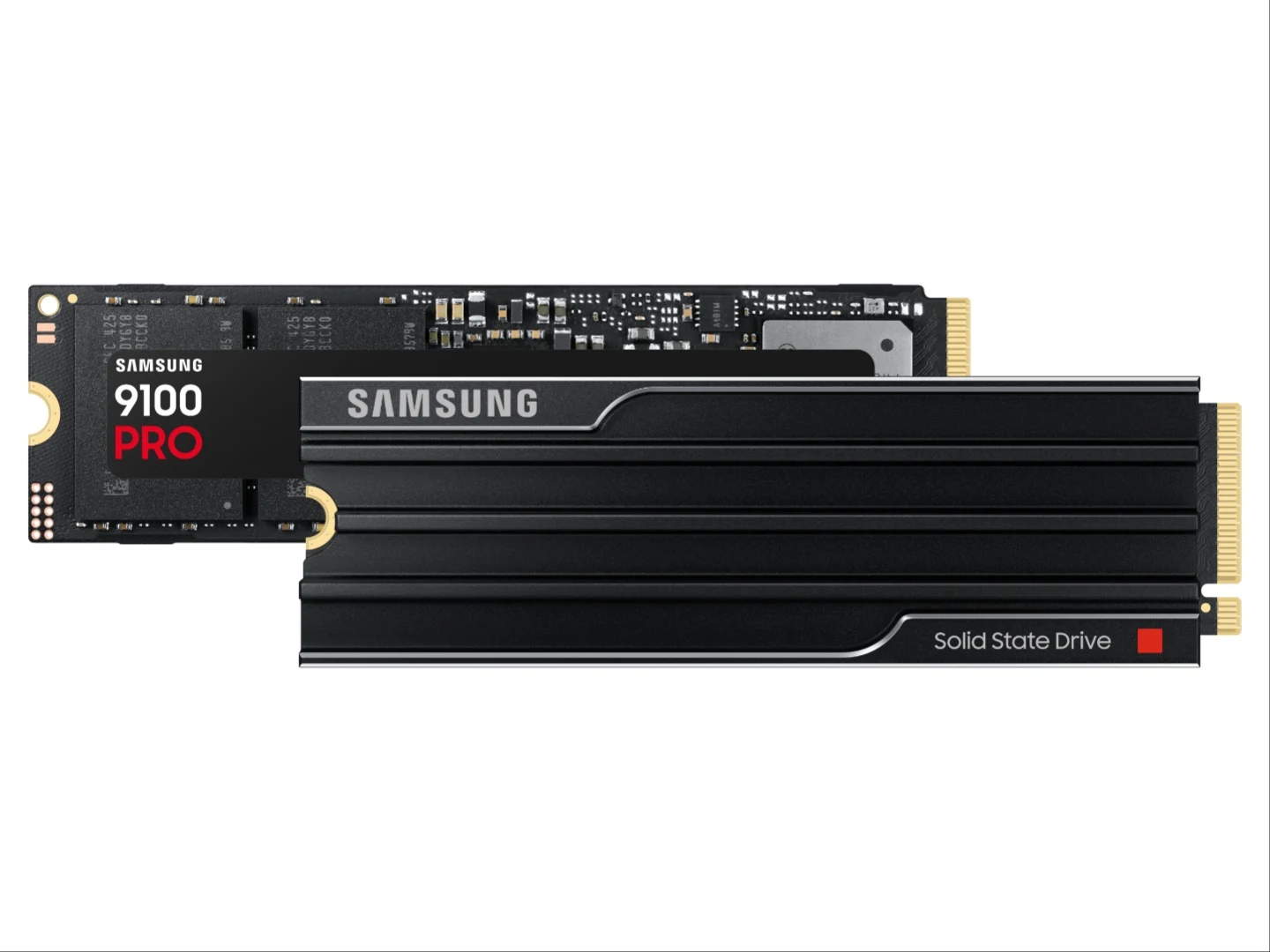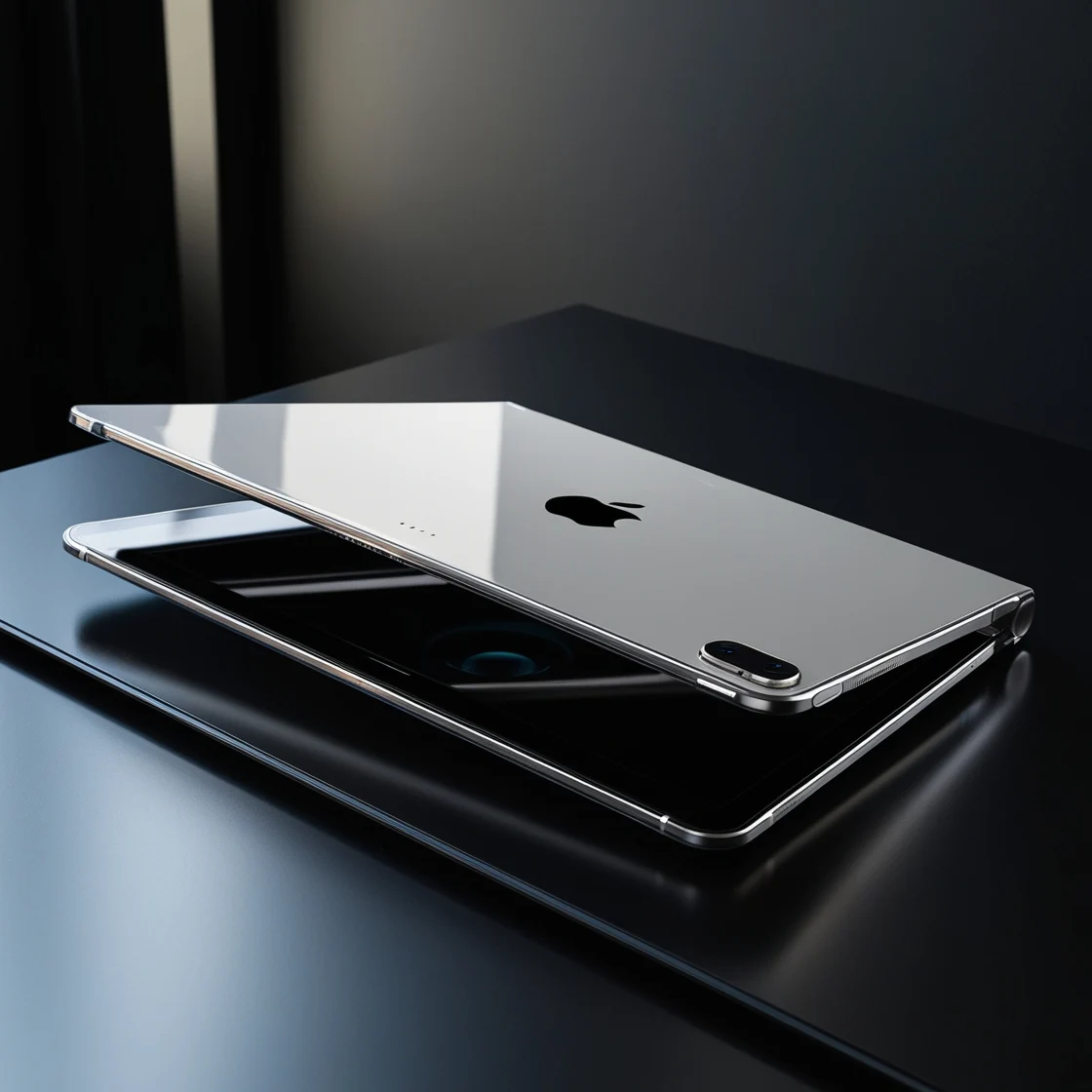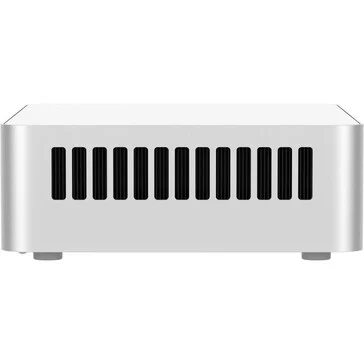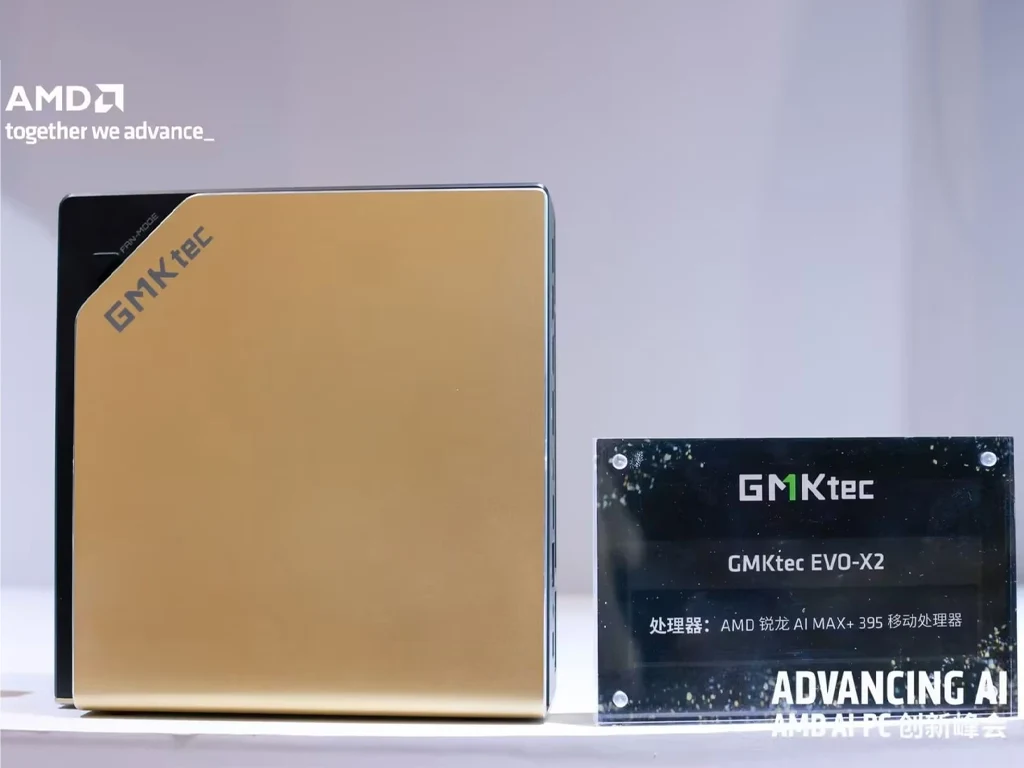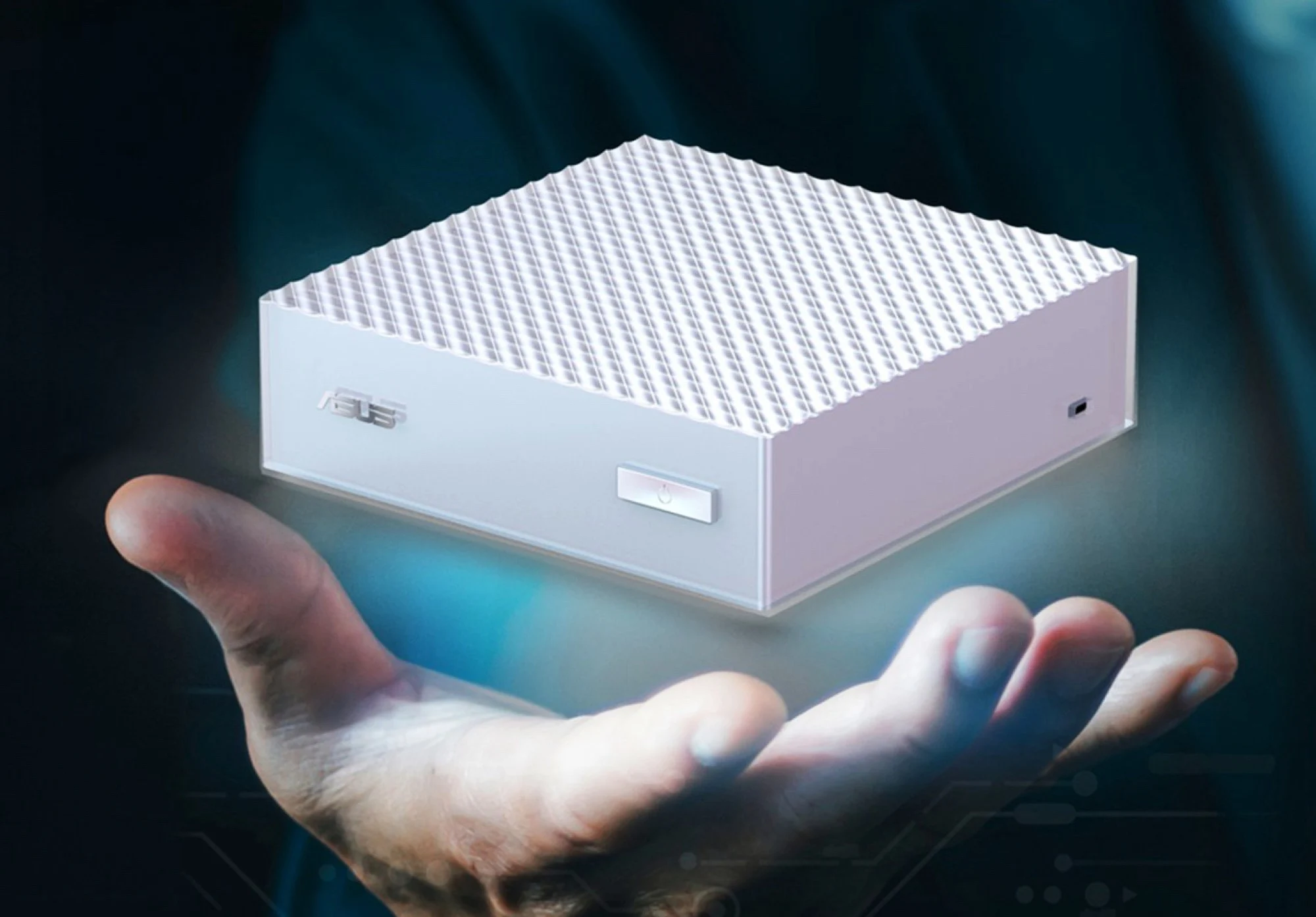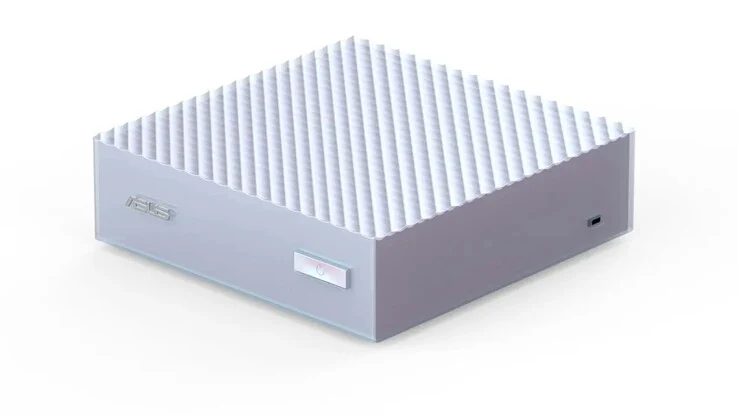Key Takeaways
1. The “Spacecraft Speedometer” is a new device developed by researchers to measure the speed of satellites around Earth and other planets.
2. It aims to provide real-time velocity measurements to improve satellite position predictions and avoid collisions with other satellites and space debris.
3. Current tracking methods, like ground-based radar and GPS, have limitations, including tracking frequency and susceptibility to solar storms.
4. The Spacecraft Speedometer offers continuous velocity data, even when GPS is unavailable or ground stations cannot track satellites.
5. This innovation is crucial for managing space traffic as mega-constellations grow in low-Earth orbit, supporting the long-term viability of orbital activities.
Researchers at the Los Alamos National Laboratory and the U.S. Air Force Academy have come up with a small device called the “Spacecraft Speedometer.” This gadget is meant to measure how quickly satellites move around Earth and possibly other planets too. Currently, it is waiting for a patent, and it employs twin laminated plasma spectrometers to provide important, real-time speed readings of spacecraft.
Importance of the Invention
Carlos Maldonado, who leads the project at the Space Science and Applications group in Los Alamos, mentioned, “The Spacecraft Speedometer has the potential to provide critical on-board and real-time spacecraft velocity measurements.” He added that these measurements are vital for better predicting satellite positions, which is essential for executing maneuvers to avoid collisions with other active satellites and space debris.
Limitations of Current Methods
Currently, satellite speed and position are usually determined using ground-based radar or onboard GPS systems. But these methods have their drawbacks. Ground stations can only track satellites when they are overhead, which might happen every few hours or even days. Moreover, GPS can get disrupted by solar storms, which is precisely when accurate satellite positioning becomes crucial for managing space traffic.
Continuous Data Collection
The Spacecraft Speedometer overcomes these issues by supplying ongoing velocity information, even during periods when GPS is down or ground stations can’t be used. The device operates like a car driving through heavy rain, where the front windshield gets hit by more raindrops than the back. As the spacecraft travels through charged particles (like ions and electrons) in the upper atmosphere, more ions strike the front sensor than the rear sensor, allowing for accurate ram and wake measurements.
As mega-constellations become more popular in low-Earth orbit, this innovative tool represents a significant step towards autonomous management of space traffic, which is necessary for the long-term viability of activities in orbital space.
Source:
Link

